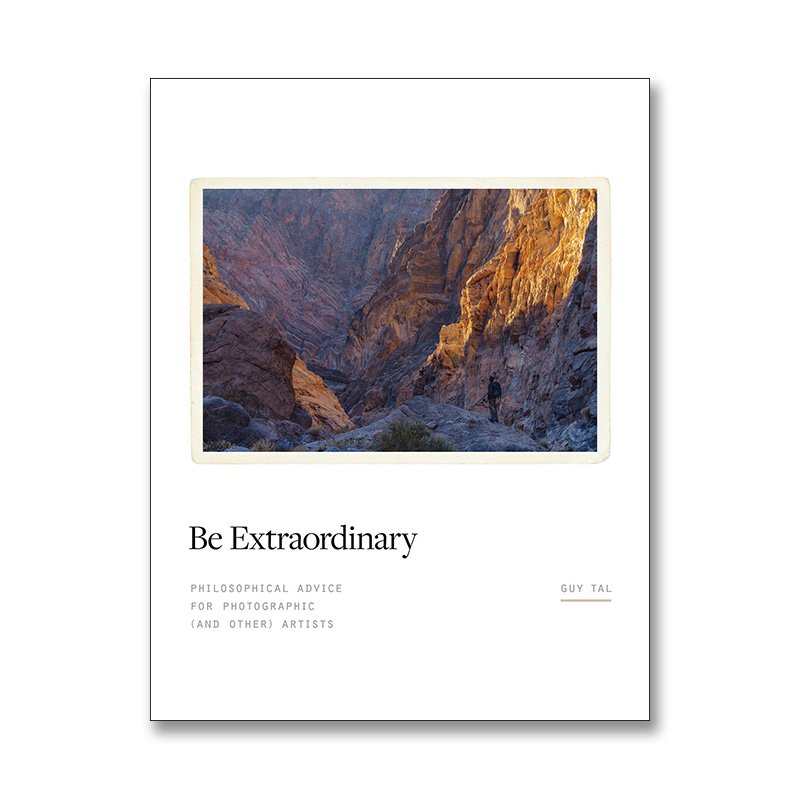Electronic Books (EBooks)
The Landscape Photographer's Guide to Photoshop (PDF, MOBI, EPUB)
The Landscape Photographer's Guide to Photoshop (PDF, MOBI, EPUB)
IMPORTANT! Please read:
When you complete your purchase, you will receive a link to a ZIP file containing the book in 3 formats (PDF, EPUB, and MOBI). Please make sure you know how to open at least one of these versions on your computer or reading device. We are unable to provide technical support.
Due to the nature of a digital product, we do not offer refunds on digital purchases.
These files are intended for electronic reading and are not printable.
You are not offering testimony to the existence of something, you are bringing something into existence—something that did not exist before, and that would not exist if it were not for you. ~Guy Tal
The first step to creating an expressive photograph happens before you even click the shutter: it is the act of visualizing an image in your mind’s eye. Once composed and captured, the data recorded by the camera is then transformed in processing to match the visualized image.
To become a better expressive photographer means, among other things, to become a better visualizer. This requires more than just technical skill, but also an understanding of what art is, what it means to be an artist, and how to translate your thoughts, feelings, and experiences into visual creations.
In The Landscape Photographer’s Guide to Photoshop: A Visualization-Driven Workflow, Guy Tal provides a broad theoretical foundation for digital landscape photography as an expressive visual art, and for understanding how art and technology come together to serve your creative purpose. He then offers a roadmap for a visualization-driven approach to processing images in Photoshop.
Topics include:
An overview of the history of art and of photography as art
A deeper understanding of creativity and visualization, and of the technical underpinnings of digital imaging
Techniques to effectively apply visualization in creating and processing your images
How to perform “gap analysis” to identify the gaps between the image at any point in time and the desired outcome
How to convert your RAW files using Adobe Camera Raw prior to editing in Photoshop
How best to employ many of Photoshop’s tools and features
How to leverage Layers and Masks to accomplish your visualized results
How to control and adjust contrast, color, and tone
Image blending techniques to extend dynamic range and for focus stacking
Processing strategies for black-and-white conversions, including toning your images
Printing and other output techniques including sizing, sharpening, noise reduction, and color management
Bringing all of these techniques together, Guy presents a detailed case study, beginning with his initial visualization for the final image and working through his processing steps from RAW conversion to the final print.





